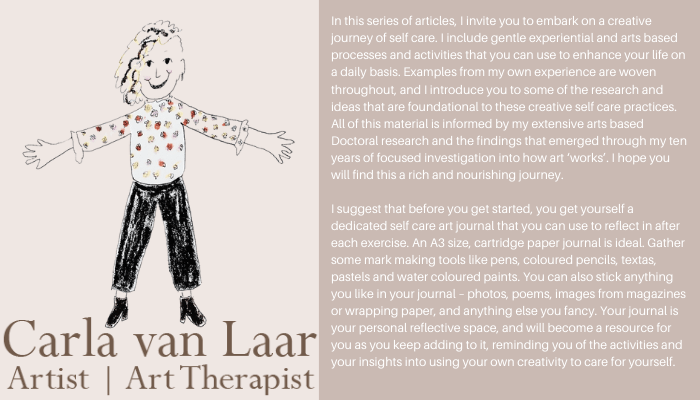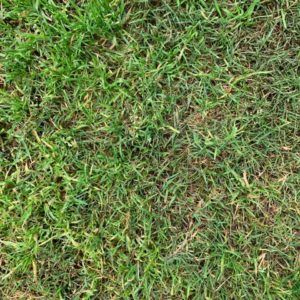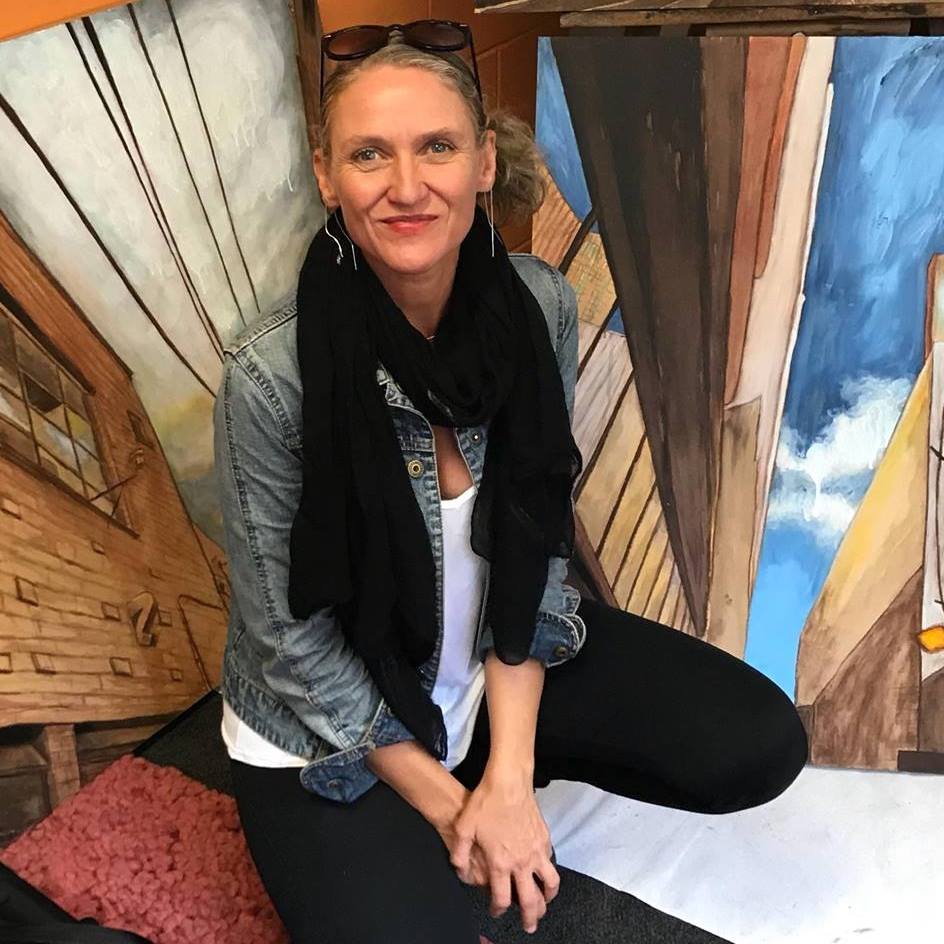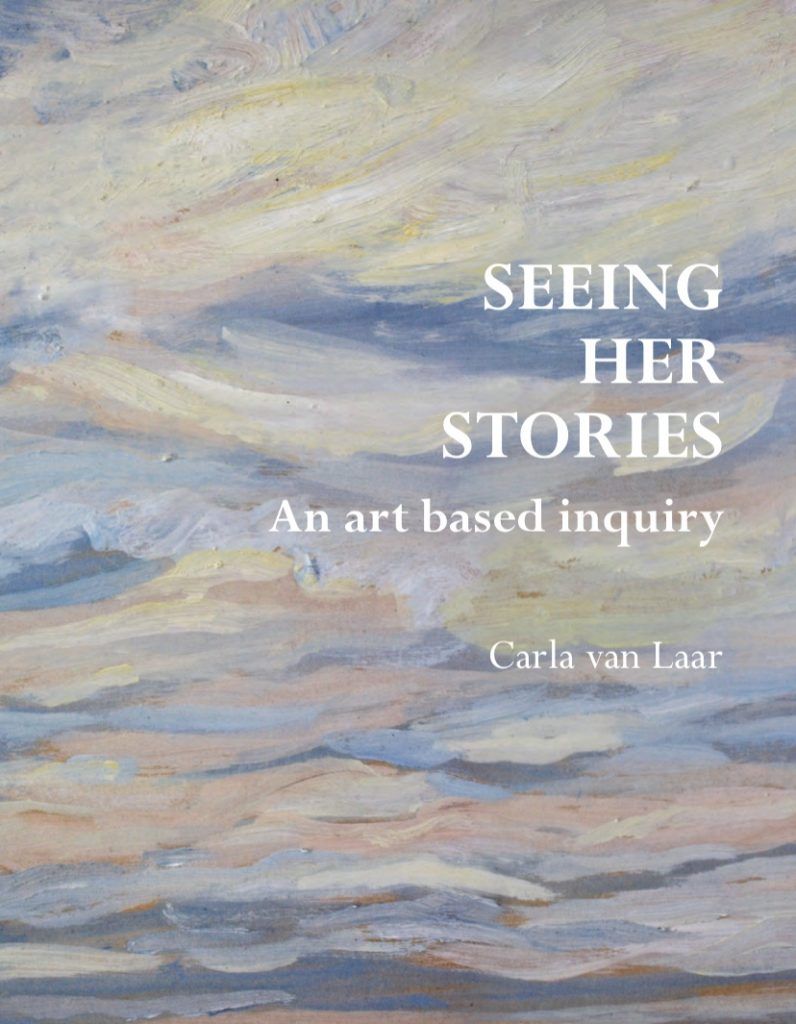With Dr Carla van Laar
Feature image credit Carla van Laar
In this article I share some of my research into how the environments that we live and work in affect us – or our contexts – and I invite you to begin tuning in to your own immediate environment by finding a rainbow in your very own home.
…

…
Reflecting on our contexts
The word “context” can be used to describe any of the “circumstances or facts that surround a particular situation” (context, n.d.). This broad definition highlights that contexts are expansive and can include many, many things. In this inquiry, the contexts that surrounded our stories included landscapes and buildings, culture, philosophy and literature, systems, professions and institutions, relationships, philosophies and spiritual beliefs, as well as values, opportunities, imaginings and metaphoric contexts. (van Laar 2020)
Values as context
Being client centred, using art based practices, and drawing on narrative informed principles are inherent to my professional value system; my philosophical and epistemological context. The values of these practice-based orientations include a humanistic genuine positive regard for the people I work with, a belief in the transformative power of empathic witnessing, being seen and being heard, trust in creative and organic processes, and subverting oppressive power dynamics through making spaces for alternative stories to be shared, respected, celebrated, made public, given voice and acknowledged. (van Laar 2020)
I have learned that having this sense of a “meeting place” is how I feel when I am in a context that embodies values that I share. (van Laar 2020)
The Process







Questions for Reflective Journalling
What are the colours you surround yourself with in your home?
Did you notice that you tend towards some colours more than others?
Did you notice your responses to the different colours?
Tuning in to to how colours affect you can help you be more attuned to the colours in your daily life, and choose to wear colours or look at colours that you find comforting, nurturing, uplifting or calming. Use your journal to make a note of what colours you are drawn to each day, and why.
…
References
van Laar, C. (2020) Seeing Her Stories. Carlavanlaar.com, Brunswick, Australia.

Dr Carla van Laar
Artist | Art Therapist
Master of Creative Arts Therapy
Doctor of Therapeutic Arts Practice
PACFA Reg. Clinical and Accredited Supervisor – PACFA
Carla van Laar is a painter and therapeutic arts practitioner from Australia. Born in Brisbane, Carla is first generation Australian on her Dutch grandparents side, and 7th generation through her maternal bloodline who were mostly English and came to Australia in the early colonisation of the 1800s. Carla currently lives and works in Victoria, residing between Wurrundjeri country in Melbourne, and Boon Wurrung country in Inverloch, paying deep respects to the First Peoples of the Kulin Nations whose land was never ceded and will always be Aboriginal land. Identifying as a cisgender woman, Carla is passionately disinterested in socially constructed identities that disempower anyone. Carla has over 25 years’ experience working with people and the arts for health and well-being in community organisations, justice, health and education contexts.
Carla’s first book “Bereaved Mother’s Heart” was published in 2007 and broke social taboos about maternal grief. From 2008-18 she established and ran an independent art therapy studio and gallery in Melbourne. Her Doctoral research “Seeing Her Stories” continues the mission to make women’s stories visible, through art.
Carla has lectured and supervised Art Therapy students at RMIT, MIECAT and currently the IKON Institute. She is a practicing artist and in 2018 received an Artist Fellowship at RMIT’s creative research lab, “Creative Agency”. She insists on being part of a creative revolution in which art re-embodies lived experience, brings us to our senses, makes us aware of the interconnectedness of all life and is an agent of social change.
Carla’s new book “Seeing her stories” presents her research into making unseen stories visible through art, and is available to read for free online here or purchase a hard copy of the full colour hard cover coffee table book here.



Leave a Reply